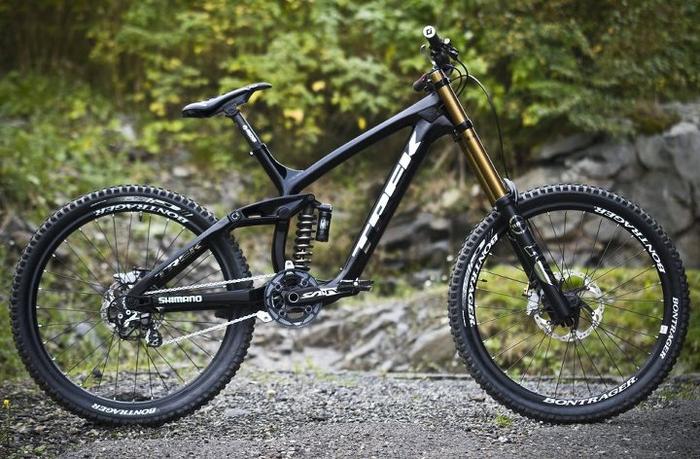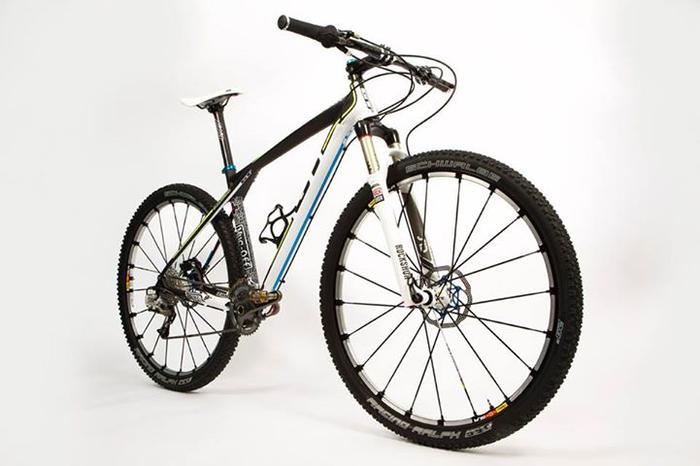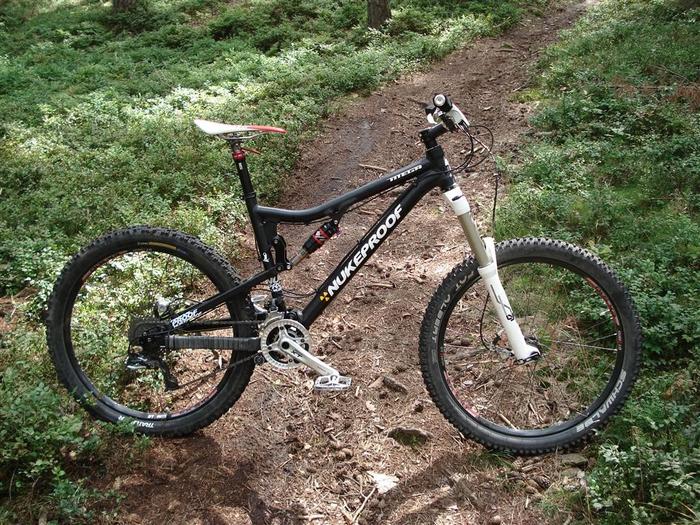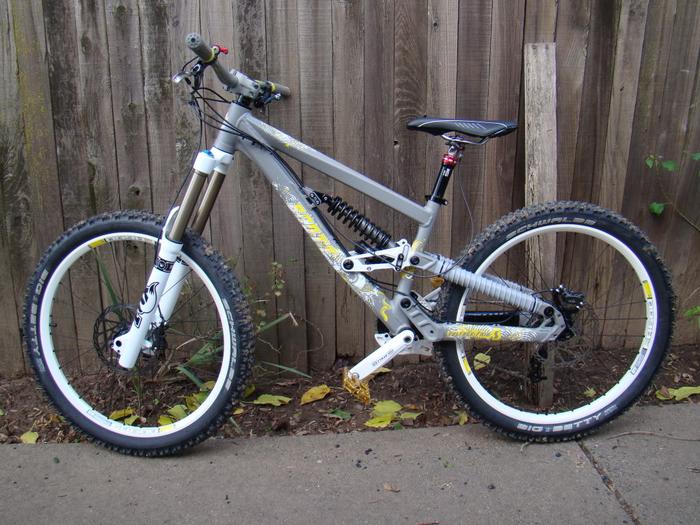Differences between downhill bikes (DH), cross country (XC), all mountain (trail), enduro and freeride

Downhill en Borovets (Bulgaria)
Types of specialized mountain bikes.
Summary of contents of this page:
Travelers who do mountain bike tours in Bulgaria with us often ask us what the differences are between downhill bikes., cross country, all mountain, enduro and freeride, all of them Anglicisms applied to different disciplines of the sport of mountain biking. Here are some keys to understand the differences between them.
We will show schematically the differences between these types of bicycles and with the help of photos it will be better understood. The following list contains the basic characteristics that most MTB bikes meet within each category, whether for amateurs or professionals. For example the weight of 9 kg for the Cross Country bike, means you can easily find them between 8 and 11 kg, but for most, the cross country bike is from 9 kg…
Downhill Bicycles,
used for downhill mountain biking, abbreviated as “DH” and translated as “Decline”. Downhill bikes are used for descents at maximum speed so they are intended to be resistant (they are the heaviest).
– 15 kgs
– Double suspension, (oil or air), the front of 200 mm. travel.
– Low, sloping seat.
– Material: carbon fiber or aluminum.
– Rims 26 inches
Cross Country Bicycles,
abbreviated as “XC” and translated as “Cross country”: Cross country MTBs must allow long distances (until 80 km), lightness prevails over resistance.
– 9 kgs.
– Suspension 80-100 mm, of area, front only (hardtail).
– Very steep top tube.
– Material: carbon fiber or aluminum
– Rims 29, 27.5 oh 26 inches.
All Mountain Bicycles,
abbreviated as “ALL”: For routes up to 30 km on the mountain that include slight ascents and descents. They are the all-purpose type but are not specific to anything. Sometimes they are sold within the category “Trail” The “Enduro” with minimal differences, the All mountain has more character “downloader” that the trail, and in turn it is used for a slower pace than in the “Enduro”.
– 13 kgs
– Double air suspension, from between 120-160 mm.
– Very steep seat tube (good for pedaling) and little top tube – inclined (good for the downs)
– Material: carbon fiber or aluminum
– Rims 29, 27.5 oh 26 inches.
Freeride Bicycles,
abbreviated as “FR” and translated as “Free style”: They must allow falls of more than 2 meters, strong blows, long jumps, descents in unexplored areas… Can be used in extreme downhill, tricky jumps and pirouettes, exhibits, etc…
– 18 kgs
– Double oil suspension 180 mm.
– Seat tube and top tube, both slightly inclined, very low seat.
– Material: only aluminum.
– Rims 26 inches only.
In a schematic way we can summarize the differences between these bicycles with this graph that represents the relationship between lightness (therefore good pedaling efficiency) and the effort that the suspensions must withstand:
In senderismoeuropa.com we organize MTB routes through Bulgaria being able to do any of these modalities, you can see an example of a guided tour of 8 days, with routes through the mountains and that can include a day doing downhills at the Borovets Mountain Station (Bulgaria) prodding MTB trip.
We can prepare a customized route for your group, more or less hard, write to us info@senderismoeuropa.com to get your offer without obligation…
.















Send a reply